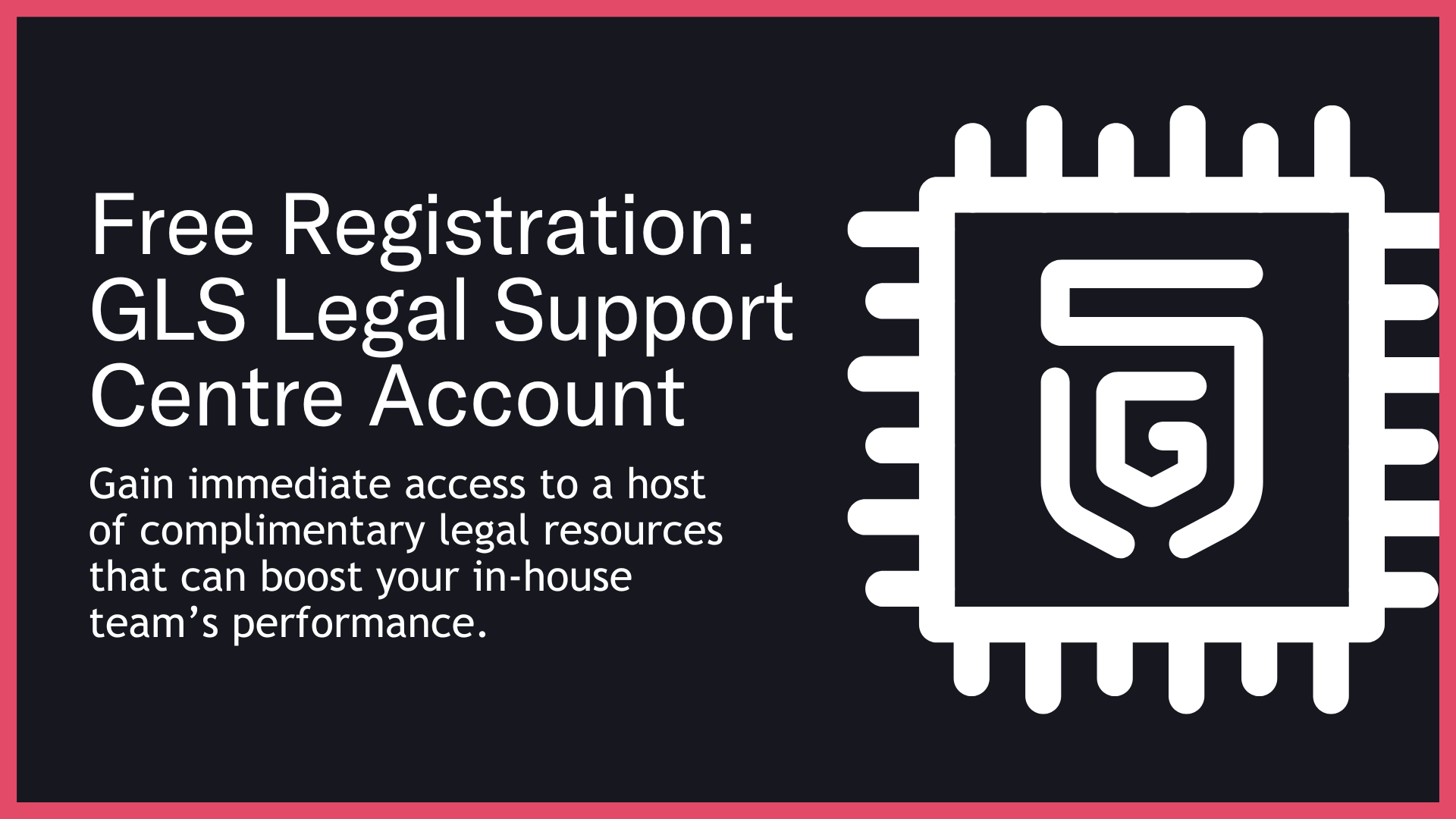GLS Legal Support Centre
Legal Made Easy For Startups
Back
New Markets
Introduction
“Entering a new market is like launching your start-up all over again—only this time, the stakes are higher, and the margin for error is smaller.” – Matt Glynn
The lure of new markets is intoxicating: bigger audiences, fresh revenue streams, global recognition. But every new market move is essentially a restart. You must adapt, localise, and execute as though you’re building the business from scratch—just with more resources, experience, and hopefully fewer mistakes.
New Markets – What Are They?
For this Station, we segment “new markets” into six categories (others may see it differently, but this structure helps frame the discussion):
1. New Geographies / Territories
◼️Expanding into different countries, regions, or cities.
◼️Requires localisation (language, culture, branding), regulatory compliance, and distribution networks.
2. New Customer Demographics / Segments
◼️Targeting a new age group, income bracket, gender, or lifestyle.
◼️Example: a premium brand launching a budget-friendly product line.
3. Industry Verticals / Use Cases
◼️Applying existing offerings to different industries.
◼️Example: fintech software repurposed for healthcare.
4. New Product Segments / Adjacent Categories
◼️Expanding into related products or services.
◼️Example: a coffee brand adding ready-to-drink cold brews.
5. New Channels / Platforms
◼️Reaching customers via marketplaces, apps, subscriptions, or D2C models.
◼️Often a shift from traditional wholesale to digital-first distribution.
6. New Partnership or Distribution Ecosystems
◼️Using alliances, franchises, or resellers to access customers.
◼️Example: scaling globally through master franchise deals.
Why This is Important
This is an important stage of the start-up journey because:
◼️Scale opportunity: Expanding into new markets can double—or triple—revenue.
◼️Diversification: Reduces reliance on a single geography, product, or customer group.
◼️Innovation driver: Forces adaptation and sparks new product development.
◼️Competitive advantage: Captures share before rivals move in.
◼️Investor appeal: Demonstrates ambition and scalability to attract funding.
PAA: What is meant by a “new market”?
A “new market” is any audience, geography, industry, or channel your business has not previously served.
PAA: Why do start-ups pursue new markets?
To grow revenues, diversify risks, and achieve scale faster than sticking with one market.
PAA: What is the biggest challenge when entering a new market?
Localisation—adapting products, pricing, compliance, and branding to meet local expectations.
Consequences of Not Addressing This Issue
1. Legal Implications
◼️Expanding without licences or permits can make operations unlawful.
◼️Weak IP protection in new markets risks counterfeiting and brand erosion.
◼️Non-compliance with tax, labour, or data laws invites fines and enforcement.
2. Founder Relationship Issues
◼️Disagreements over which market to prioritise delay execution.
◼️Misaligned risk appetite (aggressive vs cautious expansion) creates friction.
◼️Unequal founder commitment to internationalisation strains leadership trust.
3. Commercial Implications
◼️Poor localisation alienates customers and wastes marketing budgets.
◼️ Misjudging market demand leads to over-investment and sunk costs.
◼️Entrenched local competitors exploit your weaknesses to block traction.
4. Operational Implications
◼️Supply chains break down if logistics aren’t adapted for new regions.
◼️Talent shortages or cultural mismatches slow scaling.
◼️Underestimating infrastructure costs erodes margins.
5. Biz Valuation Issues
◼️Failed entries damage credibility with investors and depress multiples.
◼️Perception of being “too ambitious too soon” undermines fundraising.
◼️Lack of scalable international playbook raises red flags in due diligence.
PAA: What legal factors should be considered in new market entry?
Foreign investment laws, licensing, IP protection, employment regulations, and tax implications.
PAA: What are examples of market entry strategies?
Exporting, licensing, franchising, joint ventures, acquisitions, or direct setup.
What You Should Be Doing
◼️Segment your options – Decide if you’re targeting new geographies, demographics, or verticals.
◼️Research thoroughly – Market size, cultural fit, competitive landscape.
◼️Stress-test compliance – Understand local laws before you invest.
◼️Pilot first – Soft launches de-risk expansion.
◼️Allocate resources – Expansion requires capital, talent, and operational readiness.
◼️Align leadership – Ensure founders/investors share the same expansion vision.
The above are just a few of the steps you can consider taking. There are many more things that need to be done to ensure the associated risks are effectively and pragmatically dealt with.
PAA: How can start-ups test a new market cheaply?
Through pilot programs, online marketing campaigns, or partnerships with local distributors.
PAA: Do all start-ups need to expand into new markets?
No. For some, deepening an existing market is more sustainable than chasing new ones.
Real-World Case Studies
Starbucks in Australia – Market Misread
Starbucks, the global coffee giant, failed in Australia despite its worldwide success. The brand underestimated Australia’s mature café culture and aggressively expanded without tailoring to local tastes. By 2008, most stores had been shut, illustrating how even global icons can stumble if they don’t adapt when entering a new market.
Grab in Southeast Asia – Winning Through Localisation
Grab began in Malaysia and quickly expanded across Southeast Asia, challenging Uber by deeply embedding itself into local cultures and regulatory environments. By offering features like cash payments (critical in cash-heavy economies) and motorbike taxis (suited to traffic-choked cities), Grab gained trust and became the dominant super-app in the region.
Noon.com in the Middle East – Leveraging Local Backing
Noon.com launched in the UAE and Saudi Arabia as a regional e-commerce player to rival Amazon. Backed by significant local investment and positioned as a homegrown brand, Noon capitalised on regional pride and tailored its platform to Arabic-speaking consumers. Its ability to resonate with cultural and linguistic nuances enabled it to secure a foothold in a competitive market.
Final Thoughts
New markets are where ambition meets reality. They promise scale and diversification but expose your business to unfamiliar terrain—new laws, new customers, new competitors. Think of expansion as relaunching your start-up, with all the risks and opportunities that come with it. Success depends on rigorous preparation, clear strategy, and a willingness to adapt.
How GLS Can Help You
◼️Market entry legal assessments
◼️Regulatory and licensing reviews
◼️JV and partnership structuring
◼️Cross-border M&A support
◼️IP and brand protection strategies
◼️Distribution and franchise agreement drafting
◼️Employment and immigration law advice
◼️Data protection and privacy compliance
◼️Dispute resolution in foreign markets
◼️End-to-end expansion playbook design

